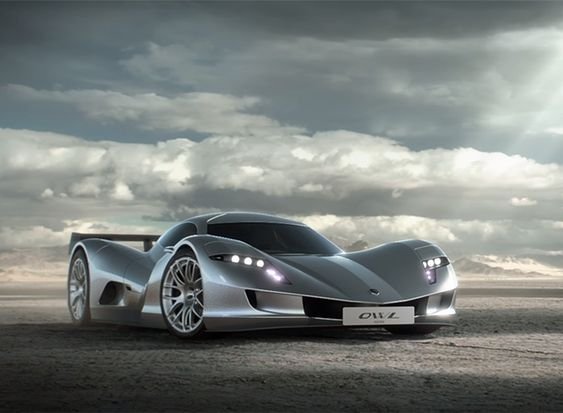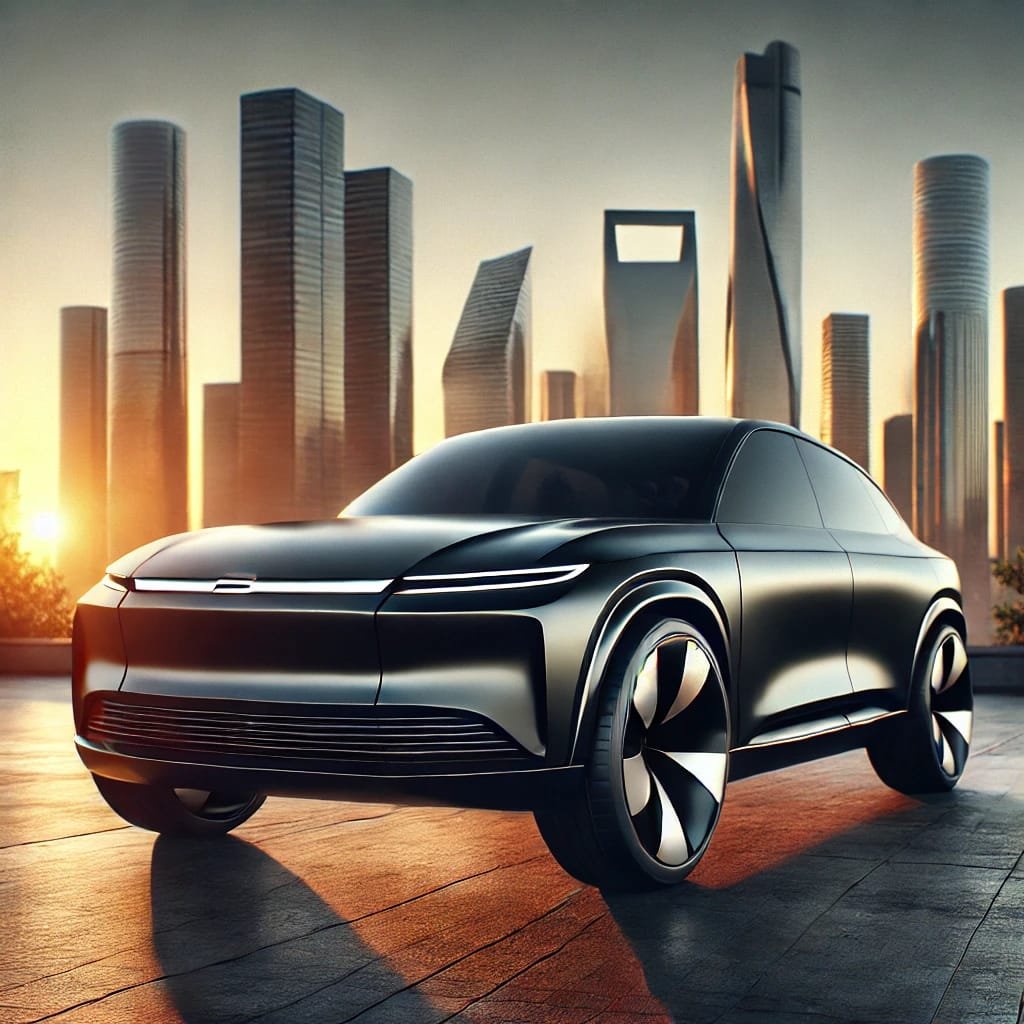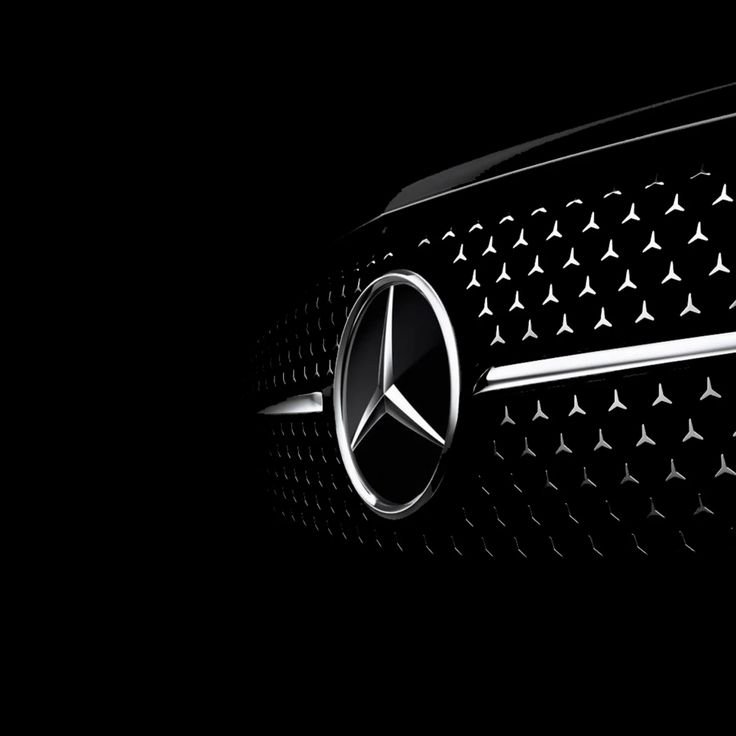
As the automotive industry advances toward a future of autonomous and highly connected vehicles, one of the most transformative technologies that is emerging is Vehicle-to-Everything (V2X) communication. V2X technology enables vehicles to communicate with each other and with the surrounding infrastructure, creating a networked environment that enhances road safety, traffic efficiency, and overall driving experience.
This article provides a comprehensive exploration of V2X technology, delving into its various components, the underlying communication technologies, its applications, challenges, and the future of connected mobility.
What is Vehicle-to-Everything (V2X) Technology?
Vehicle-to-Everything (V2X) is a communication system that allows vehicles to exchange information with various entities in their environment. These entities can include other vehicles (V2V), infrastructure (V2I), pedestrians (V2P), networks (V2N), and other elements such as bicycles or traffic lights (V2X).
The primary goal of V2X technology is to improve road safety and traffic management by enabling real-time communication between vehicles and their surroundings. This communication allows vehicles to make informed decisions based on the data received, thereby reducing the likelihood of accidents, easing traffic congestion, and improving the overall efficiency of transportation systems.
Components of V2X Technology
V2X technology encompasses several key components, each contributing to the overall system’s effectiveness. These components include:
- Vehicle-to-Vehicle (V2V): V2V communication allows vehicles to exchange information with each other. This information can include speed, location, direction, and other critical data. V2V communication is particularly useful in scenarios such as collision avoidance, where vehicles can warn each other of potential dangers in real-time.
- Vehicle-to-Infrastructure (V2I): V2I communication enables vehicles to interact with road infrastructure, such as traffic lights, road signs, and traffic management systems. This interaction allows for optimized traffic flow, reduced waiting times at intersections, and better traffic management overall.
- Vehicle-to-Pedestrian (V2P): V2P communication focuses on the safety of pedestrians by enabling vehicles to detect and communicate with pedestrians in their vicinity. This can include alerts about pedestrians crossing the street or in areas with poor visibility.
- Vehicle-to-Network (V2N): V2N communication connects vehicles to broader networks, including cellular networks and cloud-based services. This connectivity allows vehicles to access real-time traffic data, weather information, and other essential services that can enhance the driving experience.
- Vehicle-to-Device (V2D): V2D communication allows vehicles to connect with various devices, such as smartphones or wearable technology. This connection can be used for a range of purposes, including navigation, entertainment, and emergency alerts.
- Vehicle-to-Grid (V2G): V2G communication is a more specialized component of V2X that allows electric vehicles (EVs) to interact with the power grid. This interaction can include feeding energy back into the grid during peak demand times or optimizing charging schedules based on grid capacity.
How V2X Technology Works
V2X technology relies on a combination of communication protocols and infrastructure to enable vehicles to exchange information with their environment. The most common communication technologies used in V2X systems include Dedicated Short-Range Communications (DSRC) and Cellular Vehicle-to-Everything (C-V2X).
1. Dedicated Short-Range Communications (DSRC)
DSRC is a wireless communication technology specifically designed for automotive applications. It operates in the 5.9 GHz frequency band and is characterized by its low latency, high reliability, and ability to operate in various weather conditions. DSRC has been widely tested and is considered a mature technology for V2X applications.
One of the key advantages of DSRC is its ability to establish direct communication between vehicles and infrastructure without relying on a cellular network. This makes it particularly useful for safety-critical applications, where low latency is essential for timely decision-making.
2. Cellular Vehicle-to-Everything (C-V2X)
C-V2X is an emerging communication technology that leverages existing cellular networks to facilitate V2X communication. C-V2X operates in two modes: direct communication (device-to-device) and network communication (device-to-network). In the direct communication mode, C-V2X allows vehicles to communicate with each other and with infrastructure without relying on cellular towers, similar to DSRC. In the network communication mode, vehicles connect to cellular networks to access cloud-based services and exchange information with a broader range of entities.
C-V2X offers several advantages over DSRC, including greater range, scalability, and the ability to integrate with future 5G networks. As 5G technology becomes more widespread, C-V2X is expected to play a crucial role in enabling advanced V2X applications, such as autonomous driving and smart city integration.
Applications of V2X Technology
V2X technology has a wide range of applications that can significantly enhance road safety, traffic management, and the overall driving experience. Some of the most notable applications include:
1. Collision Avoidance
One of the primary applications of V2X technology is collision avoidance. By enabling vehicles to communicate with each other and with infrastructure, V2X systems can provide drivers with real-time alerts about potential hazards, such as vehicles in their blind spots, sudden braking ahead, or approaching intersections. These alerts allow drivers to take preventive actions, reducing the likelihood of accidents.
2. Traffic Signal Priority
V2X technology can improve traffic flow by enabling vehicles to communicate with traffic lights and other traffic management systems. For example, emergency vehicles equipped with V2X technology can request priority at intersections, allowing them to pass through without stopping. Similarly, public transportation vehicles can communicate with traffic signals to reduce waiting times and improve schedule adherence.
3. Traffic Congestion Management
V2X technology can help reduce traffic congestion by providing real-time information to drivers about traffic conditions, road closures, and detours. By leveraging V2X communication, traffic management systems can dynamically adjust traffic signals, lane assignments, and speed limits to optimize traffic flow and reduce bottlenecks.
4. Pedestrian Safety
V2P communication is a critical application of V2X technology that enhances pedestrian safety. Vehicles equipped with V2X systems can detect pedestrians in their vicinity and provide alerts to both the driver and the pedestrian. This is particularly useful in areas with high pedestrian traffic or poor visibility, such as school zones, crosswalks, and parking lots.
5. Cooperative Adaptive Cruise Control (CACC)
Cooperative Adaptive Cruise Control (CACC) is an advanced form of cruise control that leverages V2V communication to maintain a safe distance between vehicles. Unlike traditional adaptive cruise control, which relies solely on sensors and cameras, CACC allows vehicles to share information about their speed, acceleration, and braking with other vehicles in the vicinity. This enables smoother and more efficient traffic flow, particularly in highway driving conditions.
6. Smart Parking
V2X technology can also enhance the parking experience by enabling vehicles to communicate with parking infrastructure. For example, vehicles equipped with V2X systems can receive real-time information about available parking spaces, parking fees, and restrictions. Additionally, V2X technology can facilitate automated parking by allowing vehicles to communicate with parking garages and parking lot systems.
7. Vehicle Platooning
Vehicle platooning is a V2X application that involves the formation of a convoy of vehicles that travel closely together at high speeds. By using V2V communication, the vehicles in the platoon can coordinate their movements, maintaining a consistent speed and distance between each other. Platooning can reduce fuel consumption, improve traffic flow, and increase road capacity.
Challenges of V2X Technology
Despite its many benefits, V2X technology faces several challenges that need to be addressed to ensure its widespread adoption and effectiveness.
1. Standardization
One of the key challenges in implementing V2X technology is the lack of global standardization. Different countries and regions have adopted different communication protocols and frequency bands for V2X systems, which can create compatibility issues for vehicles traveling across borders. Establishing international standards for V2X communication is essential to ensure interoperability and seamless operation.
2. Data Privacy and Security
V2X systems rely on the exchange of vast amounts of data between vehicles, infrastructure, and other entities. This raises concerns about data privacy and security, as unauthorized access to V2X data could lead to serious consequences, such as vehicle hacking, identity theft, or surveillance. Ensuring the security of V2X communication and protecting the privacy of users are critical challenges that need to be addressed through robust encryption, authentication, and data management practices.
3. Infrastructure Investment
The successful deployment of V2X technology requires significant investment in infrastructure, including the installation of roadside units (RSUs), traffic signals, and communication networks. This infrastructure needs to be compatible with both DSRC and C-V2X technologies to support a wide range of V2X applications. Governments and private stakeholders must collaborate to invest in the necessary infrastructure and ensure its maintenance and upgrade over time.
4. Scalability and Adoption
V2X technology needs to be scalable to accommodate the growing number of connected vehicles on the road. This requires the development of communication networks that can handle large volumes of data and support real-time communication between vehicles and infrastructure. Additionally, widespread adoption of V2X technology depends on consumer acceptance and the willingness of automakers to integrate V2X systems into their vehicles.
5. Legal and Regulatory Issues
The deployment of V2X technology raises several legal and regulatory challenges, particularly in areas such as liability, data ownership, and cross-border communication. Governments and regulatory bodies need to establish clear guidelines and regulations that address these issues and provide a framework for the safe and effective use of V2X technology.
The Future of V2X Technology
Despite the challenges, V2X technology is poised to play a crucial role in the future of connected mobility. As the automotive industry moves towards greater automation and connectivity, V2X systems will become an integral part of the transportation ecosystem, enabling safer, more efficient, and more sustainable mobility solutions.
1. Integration with Autonomous Vehicles
V2X technology is expected to be a key enabler of autonomous vehicles, providing them with the information they need to navigate complex traffic environments. By combining V2X communication with sensors, cameras, and other onboard technologies, autonomous vehicles can make more informed decisions, avoid collisions, and interact seamlessly with other road users.
2. Smart City Integration
As cities around the world become smarter and more connected, V2X technology will play a vital role in integrating vehicles with urban infrastructure. Smart cities will leverage V2X communication to optimize traffic management, reduce congestion, and improve the overall quality of life for residents. For example, V2X systems could be used to coordinate traffic signals, manage public transportation, and provide real-time information to drivers and pedestrians.
3. 5G and Beyond
The deployment of 5G networks is expected to significantly enhance the capabilities of V2X technology. With its ultra-low latency, high bandwidth, and ability to support massive numbers of connected devices, 5G will enable more advanced V2X applications, such as real-time vehicle-to-cloud communication, augmented reality navigation, and vehicle-to-everything interactions. As 5G technology continues to evolve, it will pave the way for even more sophisticated V2X systems.
4. Environmental Benefits
V2X technology has the potential to contribute to environmental sustainability by reducing fuel consumption, emissions, and traffic congestion. By enabling more efficient driving patterns, optimizing traffic flow, and supporting the integration of electric vehicles and renewable energy sources, V2X systems can help mitigate the environmental impact of transportation and promote a greener future.
Conclusion
Vehicle-to-Everything (V2X) technology represents a significant advancement in the field of connected mobility, offering the potential to transform the way we drive, interact with our environment, and manage transportation systems. By enabling real-time communication between vehicles, infrastructure, and other entities, V2X technology enhances road safety, improves traffic efficiency, and supports the development of autonomous and smart transportation solutions.
As the automotive industry continues to innovate and embrace new technologies, V2X systems will play an increasingly important role in shaping the future of mobility. However, to realize the full potential of V2X technology, it is essential to address the challenges of standardization, data privacy, infrastructure investment, and regulatory frameworks.
The future of V2X technology is bright, with advancements in 5G, autonomous vehicles, and smart city integration driving its evolution. As V2X systems become more sophisticated and widespread, they will contribute to a safer, more efficient, and more sustainable transportation ecosystem, benefiting drivers, pedestrians, and society as a whole.
ALSO READ: BYD and Huawei Partnership: Revolutionizing Autonomous Driving







